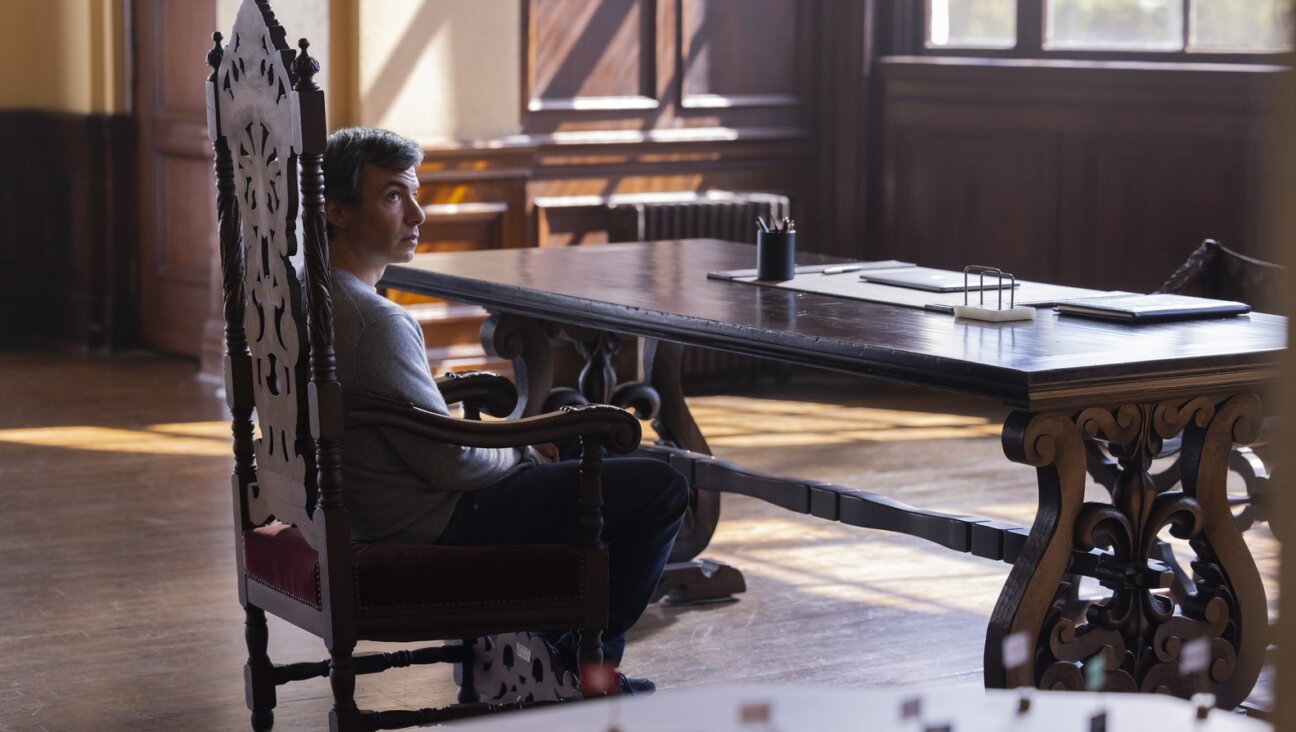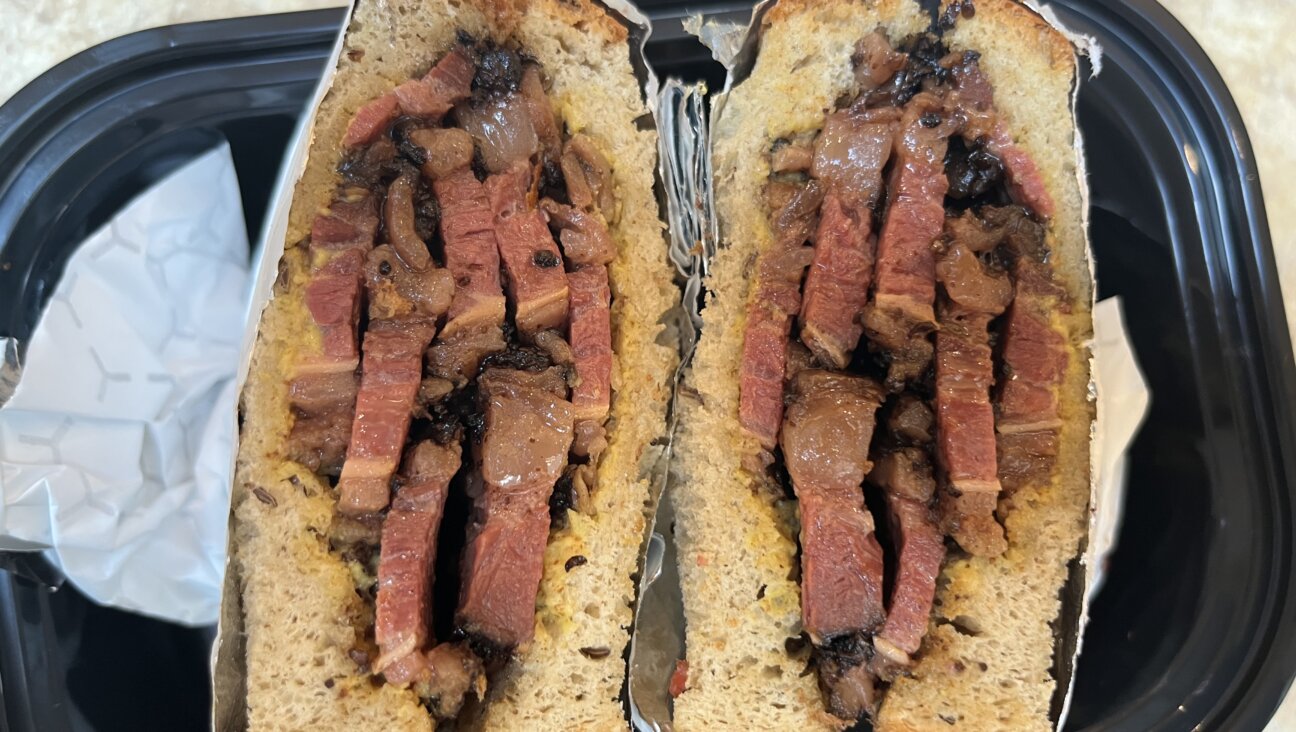The Buddha From Brooklyn A Lama Talks About Enlightenment… With a Yiddish Twang
You think you know the story: A Jewish kid from Brooklyn, N.Y., goes off to India for several years, meditating on a mountaintop. He transforms himself into a new person, changing his name from Jeff Miller to Surya Das, abandoning his jeans for saffron robes, and now he spends all day expounding sweetly on peace and enlightenment.
Surya Das, who began his spiritual search nearly 40 years ago and spent 20 years as a monk (he’s now married), speaks forcefully about the need for serious spiritual practice and for healing the world. His retreats are often sold-out affairs, and he has thousands of students worldwide. Yet, as his manner indicates, he also possesses the Buddhist virtues of “straightforwardness and ordinariness.” As he puts it, enlightenment doesn’t mean changing yourself into someone else; it means realizing more fully who you really are — accent and all.
In a way, Surya Das’s Buddhist teaching is actually very Jewish. In his words, it’s ultimately about living “as a mensch.” But he doesn’t call himself a Jewish-Buddhist, as do teachers such as Sylvia Boorstein (who wrote the 1997 classic, “That’s Funny, You Don’t Look Buddhist”) or Bernie Glassman, the Zen monk who keeps a kosher home. Still, he added, “it’s not like I’m not a Jew.”
| JM: | You seem to defy that image of a spiritual teacher sitting on a stage surrounded by flowers, speaking in a sweet voice about peace and love. |
| SD: | I’m a Buddha from Brooklyn. What do you expect? I’m a New York motor-mouth, with a New York motor-mind. The point is, you have to put everything in the service of something higher. You become more yourself — you don’t get a personality transplant. |
I don’t have the luxury of just sitting on a mountain peak and watching it all happen. I did that in the ’70s and ’80s, and now I’m in a more spiritual-activist phase. It’s also part of my New York Jewish personality — I was taught to contribute to the world, to leave the world a more beautiful place, not just rest on my laurels. I found what I’m looking for in life, and now I’m trying to pass it on.
Spiritual stereotypes are just one more illusion. Since most of us don’t know what we’re looking for, we shouldn’t take too seriously our preconceived notions of what it looks like.
| JM: | What are we looking for? Could you, like Hillel, summarize your teaching while standing on one foot? |
| SD: | Sure. To see the light in everyone and everything, in every moment. |
| JM: | How does that play out in practice? |
| SD: | Well, let’s talk about the Bodhisattva Code — the 10 transcendental virtues. That’s the code I live by. If you want to boil it down, it means be a real mensch. Of course, nobody knows what that really means. For Buddhists, it means being authentic, being a real person, finding your real self — what some people would call your higher self, or your Divine self. |
My question is, how do we cultivate those virtues. I don’t want to know what somebody did once a long time ago; I want to know how I become like that. Not just what are the Ten Commandments, but how do I live by them.
| JM: | You were a monk for 20 years before becoming a spiritual teacher and re-entering the world. So how do we do that? |
| SD: | In spiritual life, training is everything. It’s important to cultivate faith, humility and virtues. But without practice, you got nothin’. Some people seem to have natural faith, but most of us Westerners — we’re overeducated, postmodern cynics and skeptics. We need training, and ongoing regular practice — I’m talking about prayer or meditation or yoga — over years and decades. |
Integration is the name of the game, not seclusion. Retreat is essential. But you have to practice the rest of the year, just like being a Saturday Jew alone doesn’t do it. You have to make every moment into part of the path. At the same time, if you’ve never experienced a living spirit, all it becomes is a rationalization to do whatever you want. So the recipe is this: Live deeper, and bring that into everyday life.
| JM: | Many Forward readers will want to know why you “left” Judaism and became a Buddhist monk. |
| SD: | Judaism never really answered my questions when I was growing up. I asked questions, they said: “Be quiet. Stop with the questions. What’s wrong with you?” So I sought elsewhere: psychology, philosophy, consciousness expansion, radical politics and then spirituality — Eastern philosophy, including yoga, meditation, prayer, fasting and other practices. I had a dry suburban rabbi who was a nice person, but didn’t light my fire. Judaism didn’t do it for me. |
Now, in later years I met more enlightened rabbis — including Shlomo Carlebach, Zalman Schachter-Shalomi, Art Green and others. I remember, Shlomo said: “Jeffrey, the goyim don’t need you, your people need you.” I said: “They have me, rabbi. They don’t know what to do with me.”
Of course, when I came back from the East after 20 years in ashrams and on retreats, I could see more, between the lines, of what I was looking for in Judaism, Sufism and in other religions. It’s easier to recognize when you know what you’re looking for.
| JM: | A lot of people are worried about the number of Jews in Buddhist monasteries and in retreat centers. What do you say to them? |
| SD: | This is what I have to say: If people are interested in gaining wisdom, Buddhism has some useful techniques, and you don’t need to become a Buddhist to get their benefit. Add them to your Judaism or your Christianity, or to your atheism, for that matter. Anyone can do these practices — inquiries into the nature of reality, interconnectedness, altruism and so on. Anyone can benefit from them and become a better whatever-you-are, not convert to something else. |
| JM: | But what about, in the Tibetan tradition specifically, the use of statues, and prostrations and images? Is Tibetan Buddhism kosher? |
| SD: | Tibetan Buddhism is as kosher as any other form. I’ve had this discussion many times over the years. It always assumes Jews don’t have symbols. But they do, and they use them without thinking that they’re God. Buddhists know the symbols aren’t It, either. Of course there are Buddhist statues, and all those things that a Jew might say are graven images. But if you go to a Buddhist retreat, you might learn otherwise. All these images are personifications, or archetypes, of something within us. |
| JM: | So, when a Tibetan Buddhist is bowing before a statue and reciting a prayer, what exactly is going on? |
| SD: | The Tibetans are probably davening, that’s all. Look, when Jews go to the Western wall, are they worshipping a wall? No; it’s a powerful place. God is everywhere, but especially there. So many people have davened there, it’s like you’re riding that wave, recognizing the power of blessings and energy. |
Look, I see the issue. When I first went to Asia, I said I don’t bow down to anything, either. But I learned that it’s a beautiful practice, lowering yourself in front of something higher. The ultimate reverence is knowing that there’s no you separate from the other.
| JM: | What advice would you give to someone interested in the spiritual path? |
| SD: | This is a big project, universal enlightenment. It’s not an enlightenment weekend or pill. Today, it seems easier to get enlightened than to stay enlightened. A lot of people have enlightenment experiences, but that doesn’t lead to an enlightened life. That’s the issue we need to address in our instant-gratification culture. Enlightenment is not a commodity. You don’t become one with God in one day or one week. It’s a life-long journey. Enlightenment is beautiful, it’s doable, but it’s not nuttin’. |
Jay Michaelson is on meditation retreat in November and December. He will be teaching Kabbalah at City College and at the Skirball Center, and online at www.metatronics.net, in the spring.
The Forward is free to read, but it isn’t free to produce

I hope you appreciated this article. Before you go, I’d like to ask you to please support the Forward.
Now more than ever, American Jews need independent news they can trust, with reporting driven by truth, not ideology. We serve you, not any ideological agenda.
At a time when other newsrooms are closing or cutting back, the Forward has removed its paywall and invested additional resources to report on the ground from Israel and around the U.S. on the impact of the war, rising antisemitism and polarized discourse.
This is a great time to support independent Jewish journalism you rely on. Make a gift today!
— Rachel Fishman Feddersen, Publisher and CEO
Support our mission to tell the Jewish story fully and fairly.
Most Popular
- 1

Fast Forward Why the Antisemitism Awareness Act now has a religious liberty clause to protect ‘Jews killed Jesus’ statements
- 2
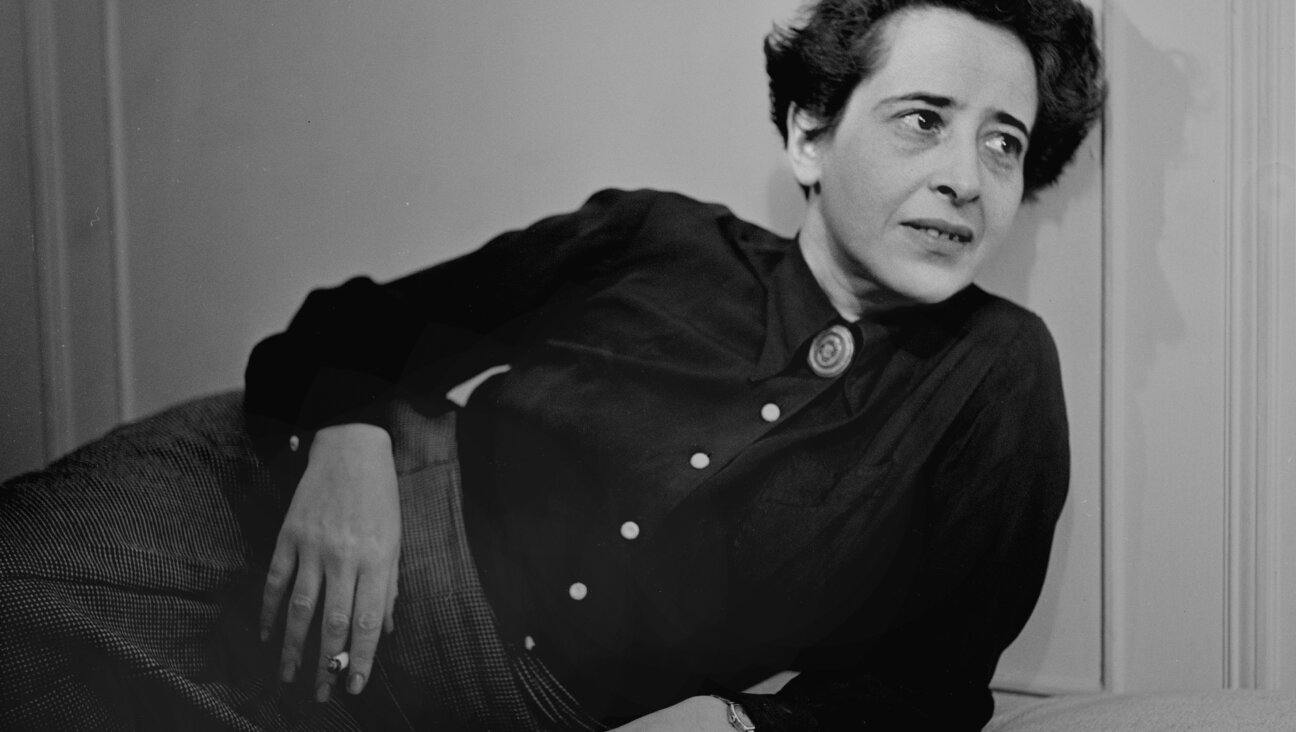
Culture Trump wants to honor Hannah Arendt in a ‘Garden of American Heroes.’ Is this a joke?
- 3
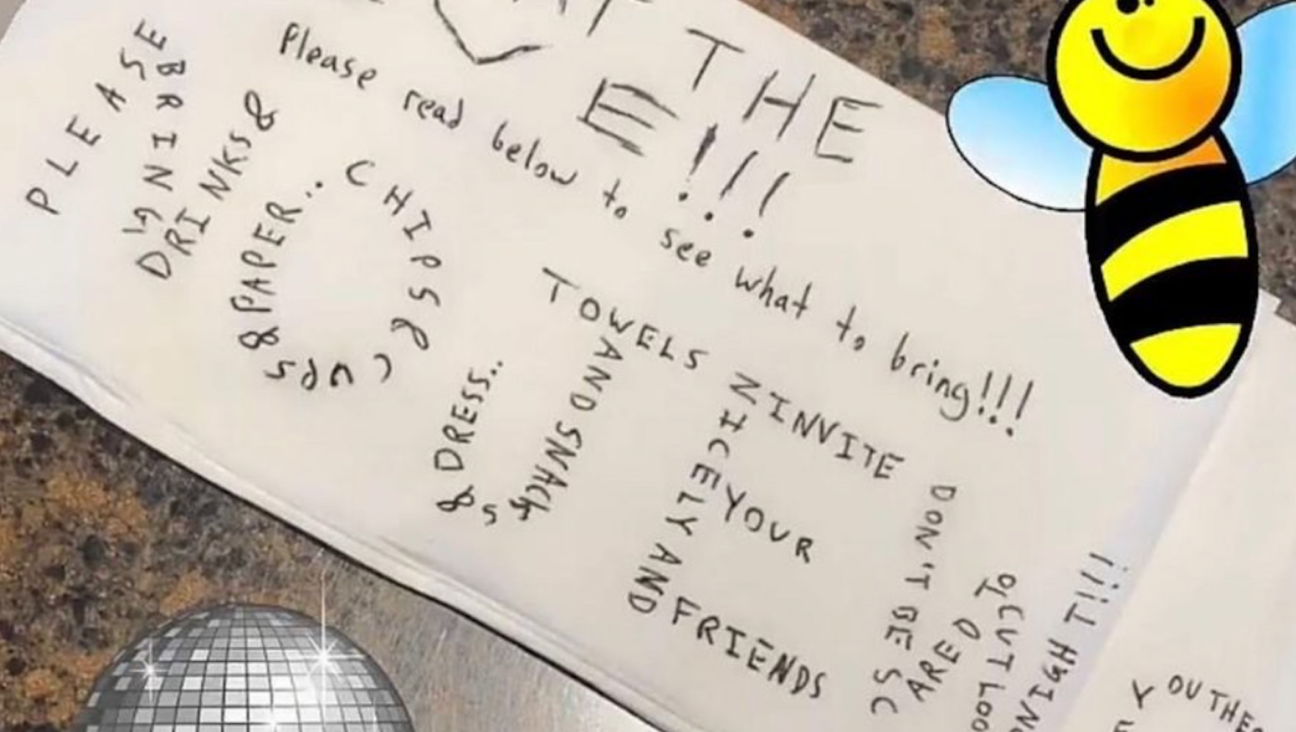
Fast Forward The invitation said, ‘No Jews.’ The response from campus officials, at least, was real.
- 4
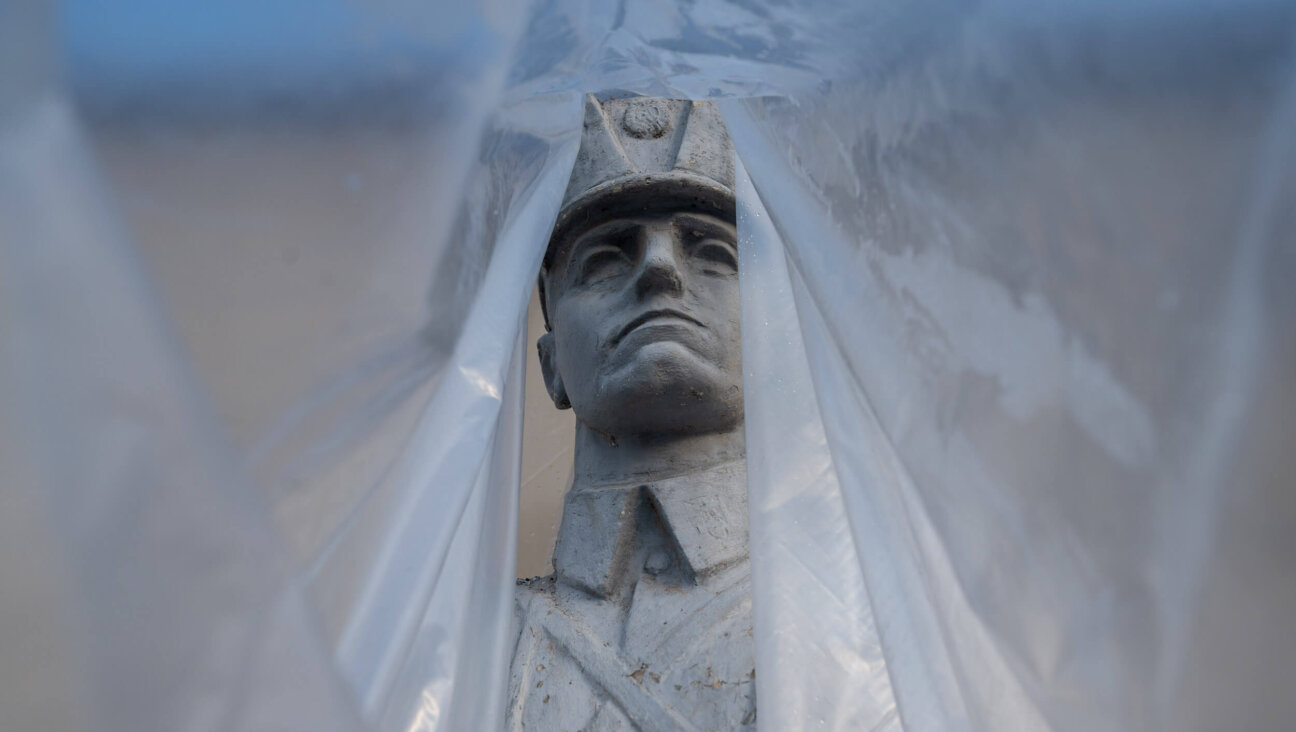
Opinion A Holocaust perpetrator was just celebrated on US soil. I think I know why no one objected.
In Case You Missed It
-
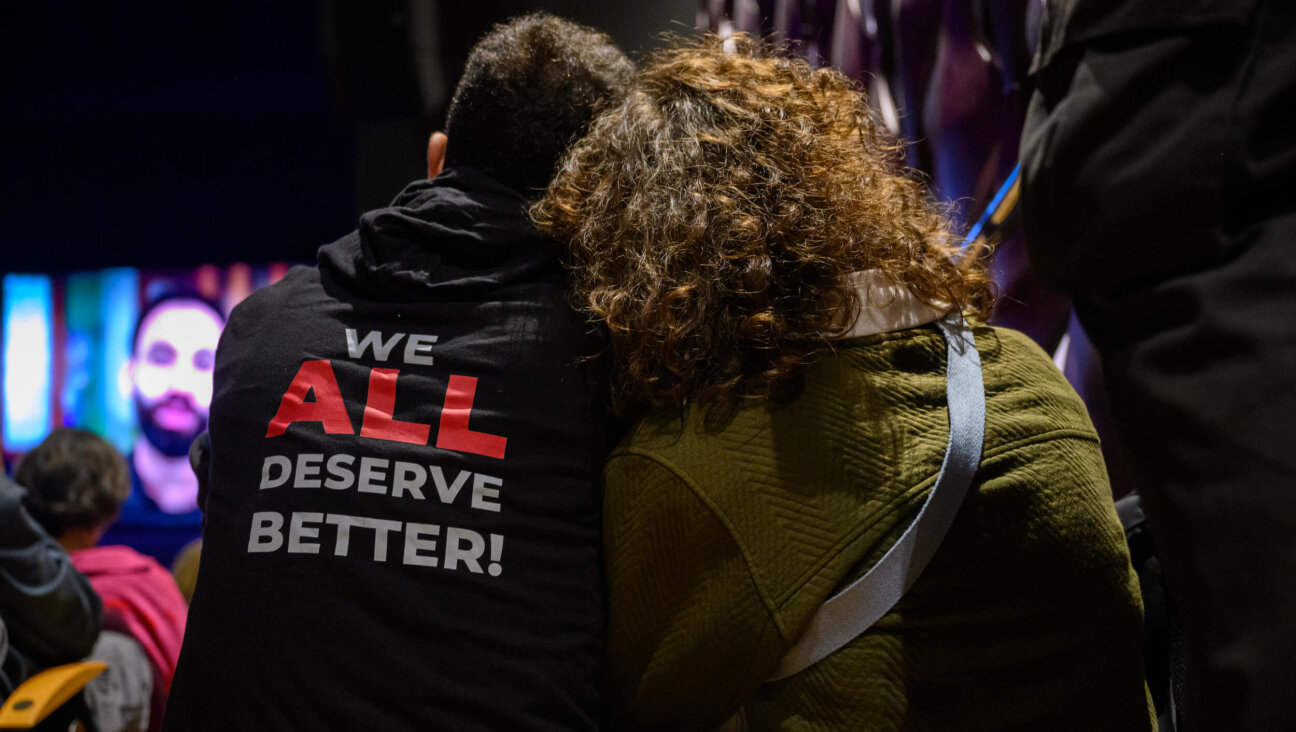
Opinion The secret cost of Israel’s wars ravaged my family. It’s only getting worse
-
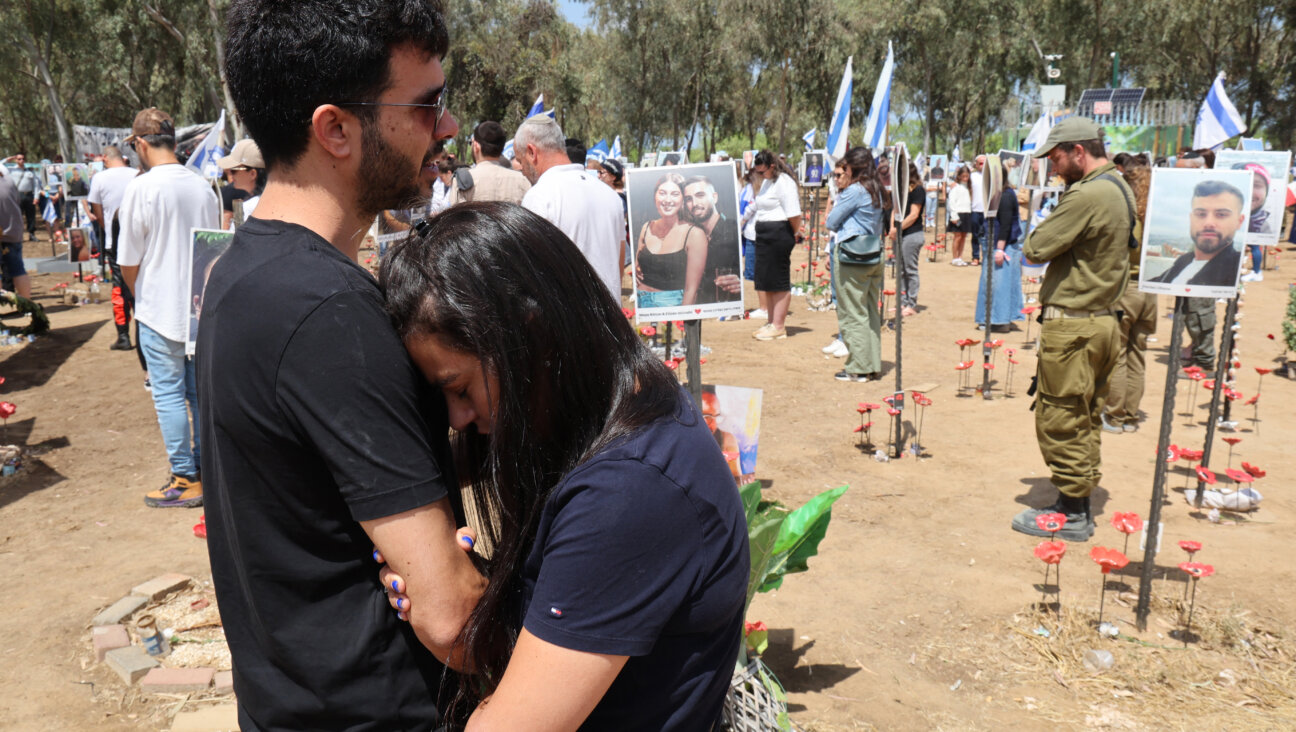
Yiddish מחשבֿות פֿון אַן אַהיים־געקומענעם (אַ מלחמה־טאָגגבוך)Reflections of a soldier after returning home (a wartime diary)
דער מחבר איז אַ סטודענט אינעם ירושלימער העברעיִשן אוניווערסיטעט, אינעם צווייטן יאָר ייִדיש־לימוד
-

Fast Forward Why the Antisemitism Awareness Act now has a religious liberty clause to protect ‘Jews killed Jesus’ statements
-
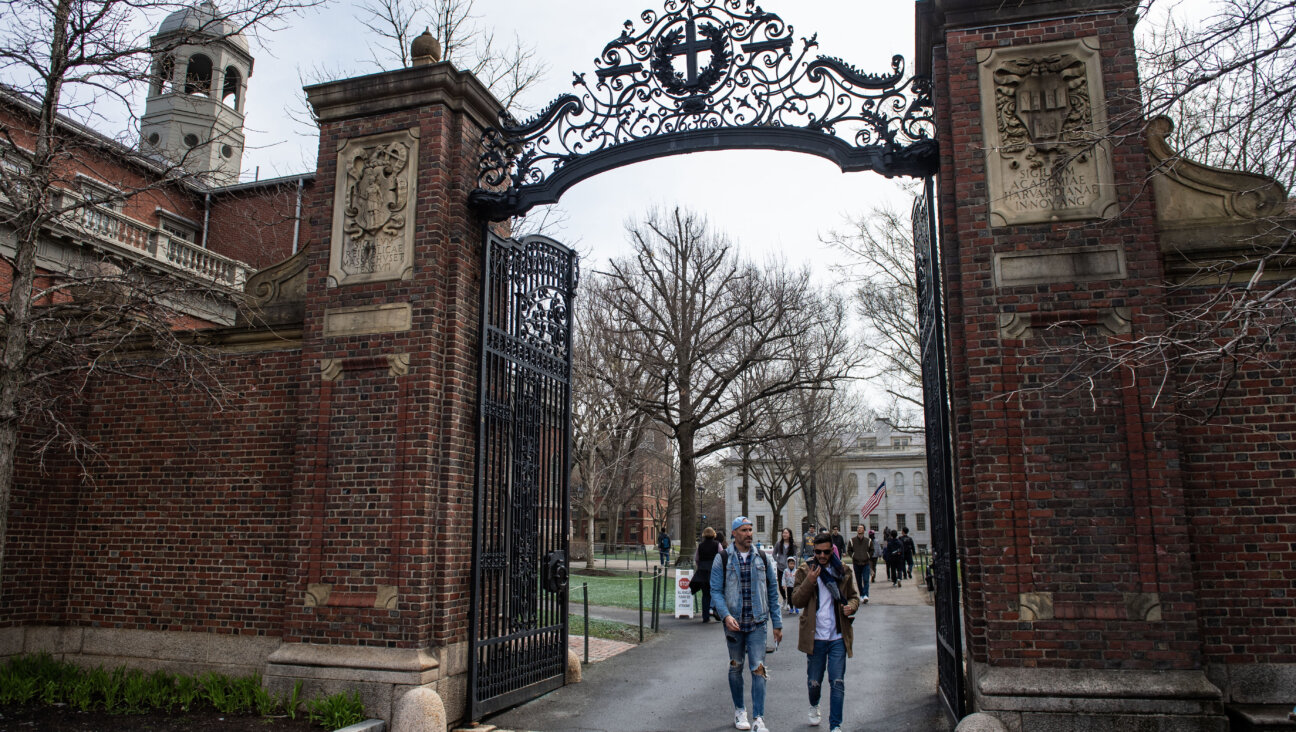
News At Harvard, reports on antisemitism and anti-Palestinian bias reflect campus conflict over Israel
-
Shop the Forward Store
100% of profits support our journalism
Republish This Story
Please read before republishing
We’re happy to make this story available to republish for free, unless it originated with JTA, Haaretz or another publication (as indicated on the article) and as long as you follow our guidelines.
You must comply with the following:
- Credit the Forward
- Retain our pixel
- Preserve our canonical link in Google search
- Add a noindex tag in Google search
See our full guidelines for more information, and this guide for detail about canonical URLs.
To republish, copy the HTML by clicking on the yellow button to the right; it includes our tracking pixel, all paragraph styles and hyperlinks, the author byline and credit to the Forward. It does not include images; to avoid copyright violations, you must add them manually, following our guidelines. Please email us at [email protected], subject line “republish,” with any questions or to let us know what stories you’re picking up.








